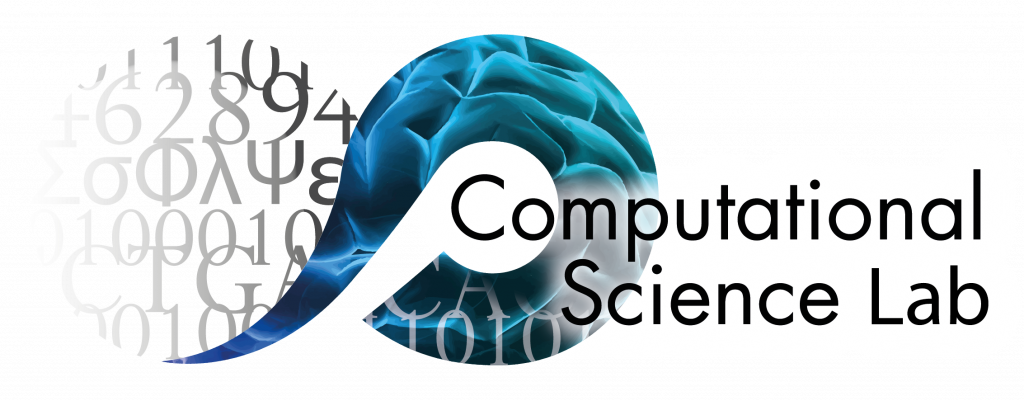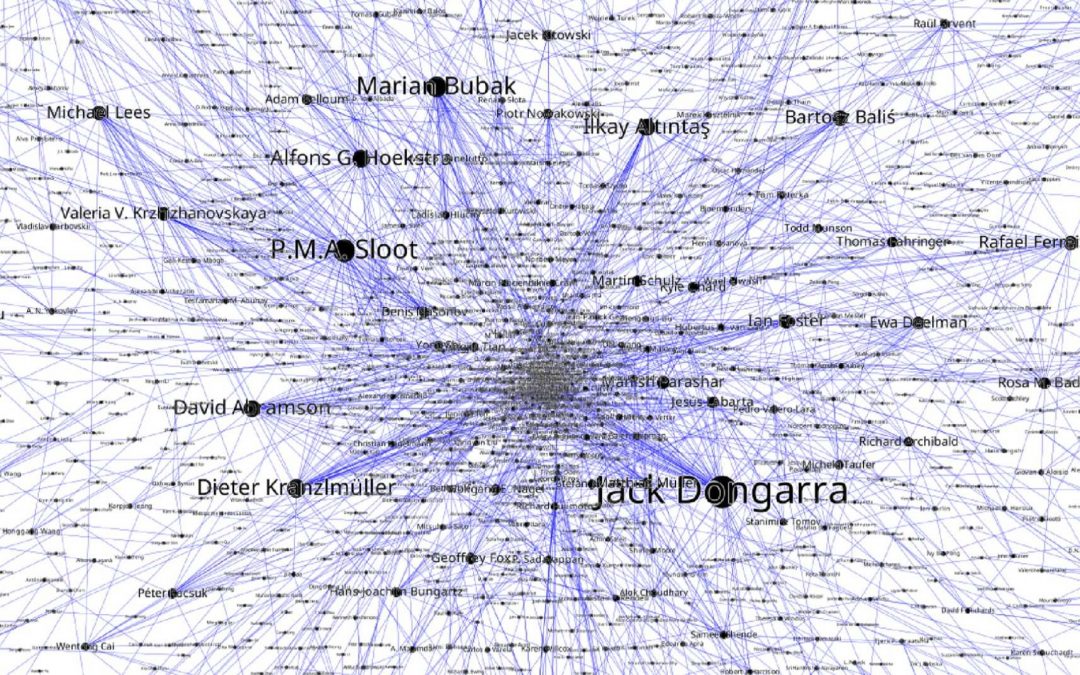Figure 1 showcases the evolution of first-level disciplines over time, clearly
illustrating the rise of machine learning and the decline of other areas.
The research documents a significant shift in computational science priorities, with machine learning and AI topics surpassing modeling and simulation in 2019 to become the most prominent research area, representing approximately 26.2% of total topics by 2023.
Figure 2 displays the percentage breakdown of each discipline, providing a clear visual of how machine learning grew to dominate the field.
Parallel and distributed computing showed dramatic fluctuations over two decades, peaking around 2012 at 18% and maintaining dominance between 2011-2014 before declining after 2015
Network Analysis Reveals Discipline Interconnections
Figure 6 illustrates the standardized number of community edges by first-level disciplines, demonstrating both inter-community and intra-community connections.
The network of sub-disciplines exhibits a scale-free distribution, indicating certain disciplines are significantly more connected than others
The analysis of 23-24 years of International Conference on Computational Science (ICCS) publications reveals significant shifts in computational science research priorities and methodologies.
Key Conclusions
Shifting Research Priorities:
-
Machine learning & AI emerged as the dominant research area since 2019, surpassing modeling and simulation, reaching approximately 26.2% of total topics by 2023
-
Parallel and distributed computing showed dramatic fluctuations, peaking around 2012 at 18% before declining after 2015
-
Modeling & simulation, and algorithms & data structures have maintained consistent popularity throughout the analyzed period
Topic Interconnectedness:
-
The network analysis demonstrates that computational science sub-disciplines exhibit a scale-free distribution, indicating certain disciplines are significantly more connected than others
-
One topic typically has direct relationships with 20 other topics on average, making strict segregation of computational science research areas difficult
-
The average path length between topics is just 1.85, indicating ICCS topics are closely related theoretically and technically
Historical Context and Technological Influence:
-
Research trends correlate with technological developments – parallel computing research peaked alongside supercomputer advancements, while AI research surged after 2016
-
Keywords can be categorized as either “static” (consistently present) or “dynamic” (showing sharp growth/decline)
NOVELTY STATEMENT
The studies present novel methodological approaches to analyzing scientific literature:
-
Application of natural language processing and network analysis to quantify changes in research focus across 7,826 publications
-
Classification of computer science into 13 main disciplines and 102 sub-disciplines to track discipline evolution
-
Implementation of text classification techniques to discover topic distributions and track their annual changes
-
Development of correlation analyses between sub-disciplines both within and across main disciplines
-
Creation of a novel categorization system for author keywords (static vs. dynamic)
These analyses not only document the history of computational science research but also provide insights into how interdisciplinary scientific communities evolve in response to technological breakthroughs, demonstrating the field’s adaptive nature and the gradual shift toward AI-centric computational approaches.



 Share on Bluesky
Share on Bluesky


